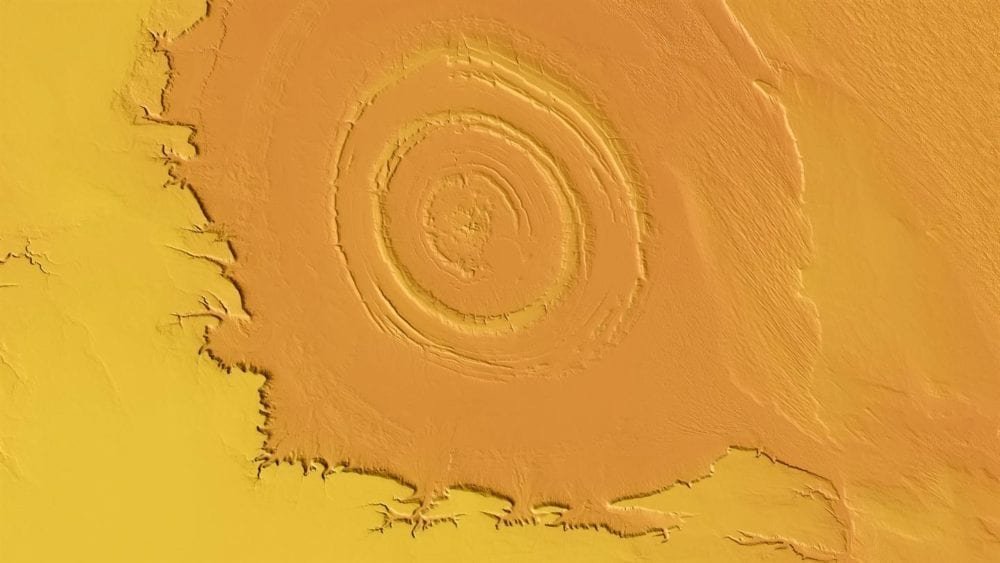A new three-dimensional map of Earth has been completed: mountain peaks and valley floors across the globe can now be seen with an accuracy of just one metre.
The ‘global elevation model’ was created as part of the TanDEM-X satellite mission; it offers unprecedented accuracy compared with other global datasets.
Approximately 150 million square kilometres of land surface were scanned from space by radar sensors.
‘TanDEM-X has opened up a whole new chapter in the field of remote sensing. The use of radar technology based on two satellites orbiting in close formation is still unique and was key to the high-precision remapping of Earth.’
PASCALE EHRENFREUND
Chair of the Executive Board of the German Aerospace Center (Deutsches Zentrum für Luft- und Raumfahrt; DLR)
More than 1,000 scientists around the world are already making use of the data from the mission. The applications for this unique dataset range from climate and environmental research, surveying and mapping to infrastructure planning for urban development and road construction.
Expectations exceeded
The quality of the global elevation model has surpassed all expectations. Exceeding the required 10-metre accuracy, the topographic map has an elevation accuracy of a single metre.
The distance between the two satellites in formation flight, for example, is determined with millimetre precision.
The global coverage achieved by TanDEM-X is also unparalleled – all land surfaces were scanned multiple times and the data was then processed to create elevation models.
In this process, DLR’s remote sensing specialists created a digital world map consisting of more than 450,000 individual models with pixel-by-pixel height detail – creating a special kind of three-dimensional mosaic.
Breaking new ground
Between January 2010 and December 2015, the radar satellites transmitted more than 500 terabytes of data to Earth via the worldwide reception network. In parallel, the systematic creation of elevation models began in 2014.
Sophisticated processing chains analysed the data using highly accurate and efficient algorithms to generate the final elevation models. During this process, the data volume increased to a total of more than 2.6 petabytes.
Next steps
TerraSAR-X and TanDEM-X have long exceeded their specified service lives and continue operating faultlessly and in such an efficient way that they still have enough propellant for several more years.
Completion of the 3D world map does not signify the end of the mission; due to the special nature of the formation flight, further scientific experiments are scheduled.
The Tandem-L successor mission could provide a current elevation image of Earth’s entire landmass every eight days and thereby capture dynamic processes in a timely manner.
This would also make it possible to contribute to the review of international climate and environmental agreements.
 Play Video about This Rock Might Just Save The World
Play Video about This Rock Might Just Save The World Play Video about Play 2 hours of rock
Play Video about Play 2 hours of rock Play Video about Play 2 hours of brook
Play Video about Play 2 hours of brook Play Video about Play 2 hours of sheep
Play Video about Play 2 hours of sheep














































